ANCIENT CULTURES
Humans have made rugs out of every possible material for millennia. Ancient tribes wove together reeds and grasses to make primitive rugs and keep the cold ground warm. The first rugs were created by nomadic peoples of central Asia thousands of years ago for utilitarian purposes such as table and bench coverings, tent flaps, saddlebags and wall tapestries. Archeologists have uncovered evidence of rugs in Egyptian and Mesopotamian tombs dating back more than 4,000 years. The oldest known surviving rug is the Pazyryk Carpet, which dates back to 500 BC. It was discovered in Siberia in 1949.


The oldest known rug – Pazyryk Carpet.
From these early nomadic traditions sprung so-called “Oriental rugs” produced in Asia. Persian and Turkish rugs are a subset of Oriental Rugs.
BRIEF HISTORY OF PERSIAN AND TURKISH RUGS
Quite often the terms “Persian rug” and “Turkish rug” are used interchangeably, but they refer to two distinct approaches of rug-making. Persian rugs originated in ancient Persia (modern-day Iraq) and represent the older of the two traditions. Many of these early rugs were purely functional in scope, but as time progressed, their design became more luxurious and reflective of cultural influences.
By the 16th century, such rugs had become an essential element of artistic expression throughout the Middle East, and thus the tradition of the Turkish rug was born. Today, Turkish rugs have become an all-encompassing term for rugs produced in the authentic tradition outside of Iran (for example, in Afghanistan, Egypt, and Turkey, where looming thrived).

KNOTTING TECHNIQUE OF PERSIAN AND TURKISH RUGS

Knots can be very useful guides to deciding a rugs origin and quality. Essentially there are two types, the Turkish knot (also known as Ghiordes after the name of a carpet weaving city in Turkey) and the Persian knot (also known as Senneh after the name of a carpet weaving city in Persia). The Persian knot is also known as the asymmetrical knot while the Turkish knot is known as the symmetrical knot.
The foundation of a hand-knotted rug is two sets of threads: the fixed warp threads which run from north to south, and the weft threads which run from east to west separating each row of knots. Turkish knots are knotted around two warp threads while Persian knots are knotted around one warp and looped under the next in an S pattern as seen in the above picture. These knots are tied by hand. There can be between 500 and 1000 KPSI (knots per square inch) in the very finest Persian rugs. KPSI can also be referred to as knot density.
You Can Read Also:The Different Types of Carpet
MEANING BEHIND THE PATTERNS AND DESIGN
Each rug's particular pattern, palette, and weave are uniquely linked with the indigenous culture, and weaving techniques are specific to an identifiable geographic area or nomadic tribe. Typically, the more floral or formal the pattern, the more urban the area in which it was made, where as a more geometric pattern would be more likely to be from a tribe. Patterns that distinctly flow in a single direction are designed as "Prayer" rugs.
The natural dyes in a Persian or Turkish rug are derived from plant materials and insects such as indigo, madder, oak, sumac, pomegranate, cochineal and larkspur. Before the 1870s, they were the only source used to dye wool. Since the invention of synthetic dyes, there has been much debate about which type of dye produces a more beautiful and investment-worthy rug.
Most of the Persian rugs have more rounded, oriental and elegant designs and motifs, mostly the center of the rug has a medallion design and Persian rugs looks like they are made for palaces. One of the reasons for that is the single knot technique, because single knot gives the weaver ability to knot more flamboyantly.
On the other hand, most of the Turkish rugs have straight, sharp and geometric designs and full of tribal and meaningful motifs. Turkish rugs are like puzzles and mysteries to be solved, sometimes one rug contains so much symbolic motifs that you can write a long story out of the motifs on the
rug. One of the reasons why Turkish rugs are made with geometric designs is the double knot technique used in the making.

Persian Rug with medallion design and Turkish Rug with geometric design
MODERN MACHINE-MADE RUGS
The advent of modernization roped in effective techniques to manufacture carpets and rugs. Machines were employed to mass produce rugs. Technology was deemed economical to satisfy growing demands. Nevertheless, hand knotted counterparts coexisted alongside. Apparently, this gave birth to a dilemma: Which rug is better, handmade or machine made?
Machine and handmade rugs have their advantages and disadvantages, making them attractive for different groups of people. Spotting the differences between them might be difficult for a person who does not have an extensive knowledge of rugs.

Machine-made ones utilize synthetic fibers such as nylon, acrylic, polyester and art silk. There are some cases in which the machine-made carpets are almost impossible to tell apart from the hand knotted ones. One of the best and simplest ways to differentiate the machine and handmade rug is to flip it and look at the back. Even Persian rugs, known for the great care with which they are designed and woven, have minor flaws which machine-made carpets lack. Examining the fringes can also tell a lot about a carpet – those made by hand rarely have their fringes sewn on.
Despite the methods used during the process of weaving, handmade and commercial carpets can enchant with their exquisite beauty and elegance. Each type has qualities which make it a good or a bad choice for some and it’s solely in our own minds to choose one.
You Can Read Also: How to Properly Install Modern Carpets on Your Floor

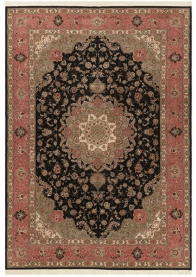
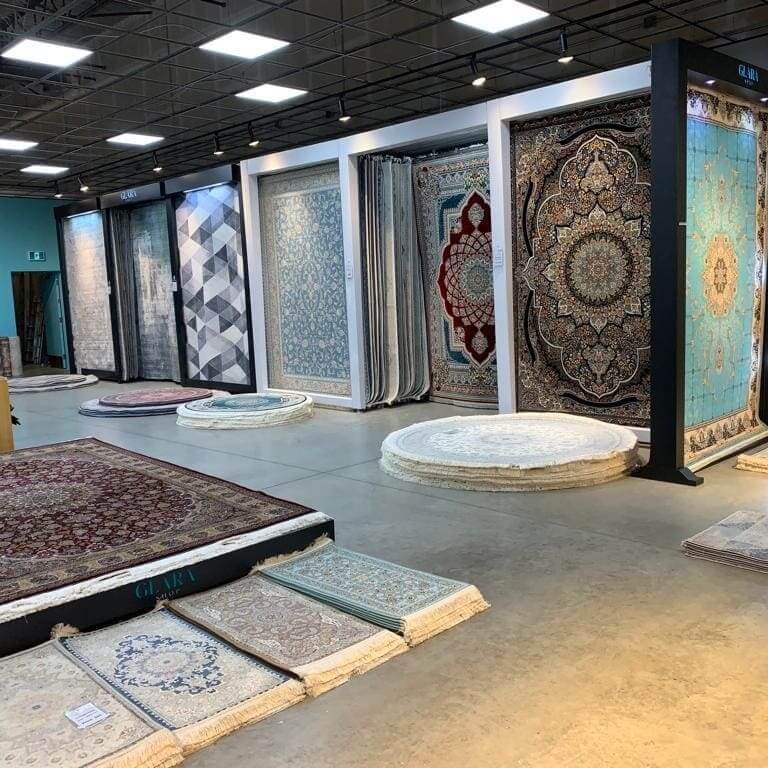
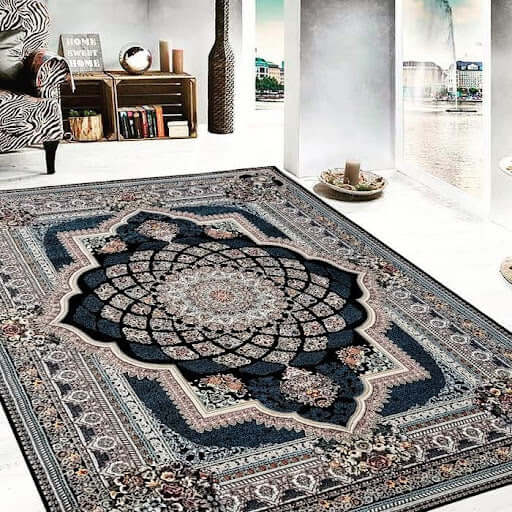
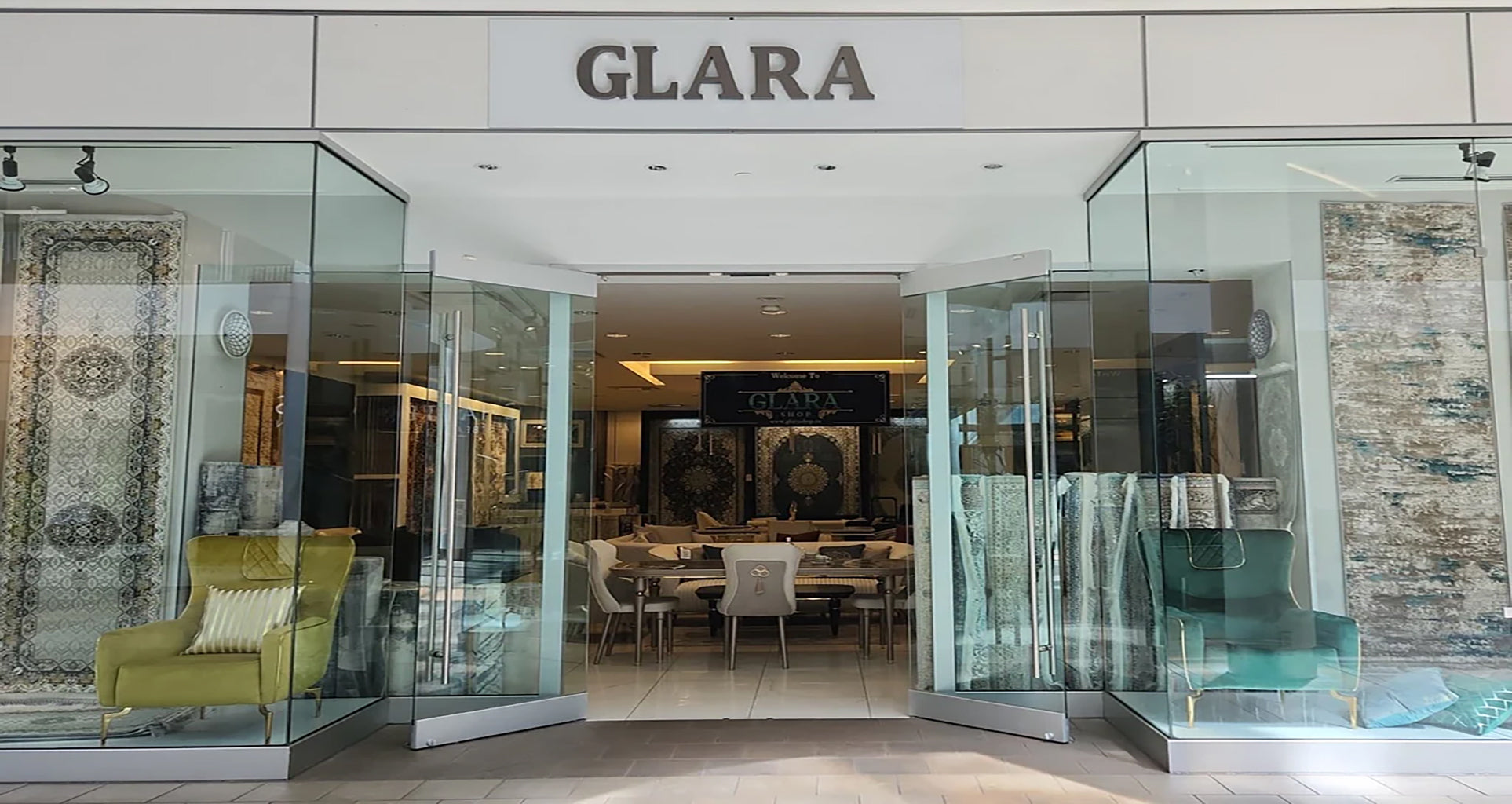

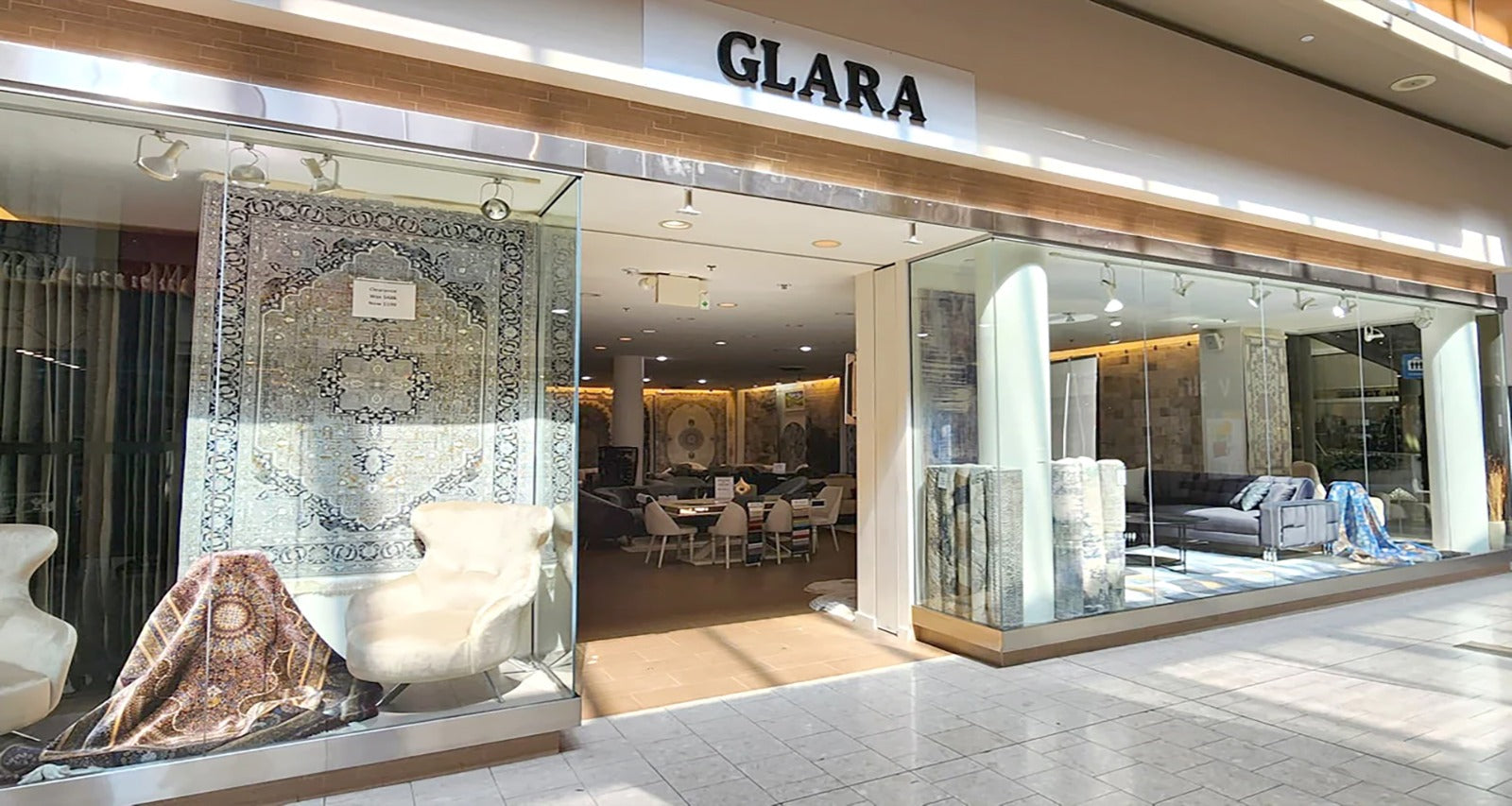
Leave a comment
All comments are moderated before being published.
This site is protected by reCAPTCHA and the Google Privacy Policy and Terms of Service apply.